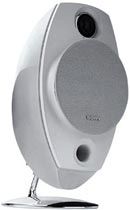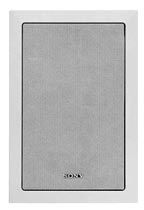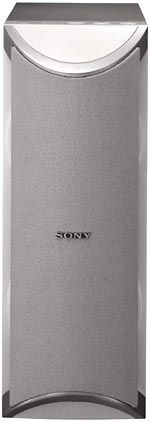Speakers
Speakers vary a great deal in performance, as well as price. The main rule in shopping for speakers, whether for a home theater or your stereo system, is to try the speakers out in the store and decide what sounds good to you.
For your home theater system, you will need several identical, standard speakers -- the exact number depends on how many channels you want for your surround-sound setup. You'll also need an optional subwoofer speaker for bass sounds. Ideally, you'll want to get at least five identical speakers to ensure rich sound from all sides, but this might not be feasible, depending on your theater space and budget. If you're looking to save money, you could even use your television's built-in speaker as the central front unit, but it won't give you the best results. Different speaker models handle sound differently, creating an unbalanced surround effect. To get theater-quality effects, you should get three identical, full-size front speakers.
Advertisement


The main full-size speaker options are floor-standing units, bookshelf units and in-wall units. Floor standing units are the largest, and they generally have the highest performance levels, as well as the highest price tags. Bookshelf units and in-wall units are more compact, which is great if space is limited, and they perform very well. They may lack some bass range, but a good subwoofer should adequately compensate for this.
Many home theater systems use more compact, generally less-expensive speakers for the two rear surround channels. This will usually give you fine results, and is often the best solution if you don't have space for full-size speakers in your theater room. Some people even prefer these smaller bipole and dipole speakers because they generate sound in multiple directions, giving a more diffused sound.
Another thing to think about is the speaker technology. You may want to consider electrostatic speakers or planar magnetic speakers instead of the conventional dynamic driver design. See How Speakers Work to learn more about these different technologies.
To make it easier to assemble a home theater system, many manufacturers have put together home theater speaker packages, putting front and rear speakers together in a set. These packages vary in price and quality, so you should give them a "test drive" before you buy, just as you would with individual speakers.
If price is no object when you're putting together a home theater system, you might want to consider THX certification. In the next section, we'll find out what the THX system is all about.
